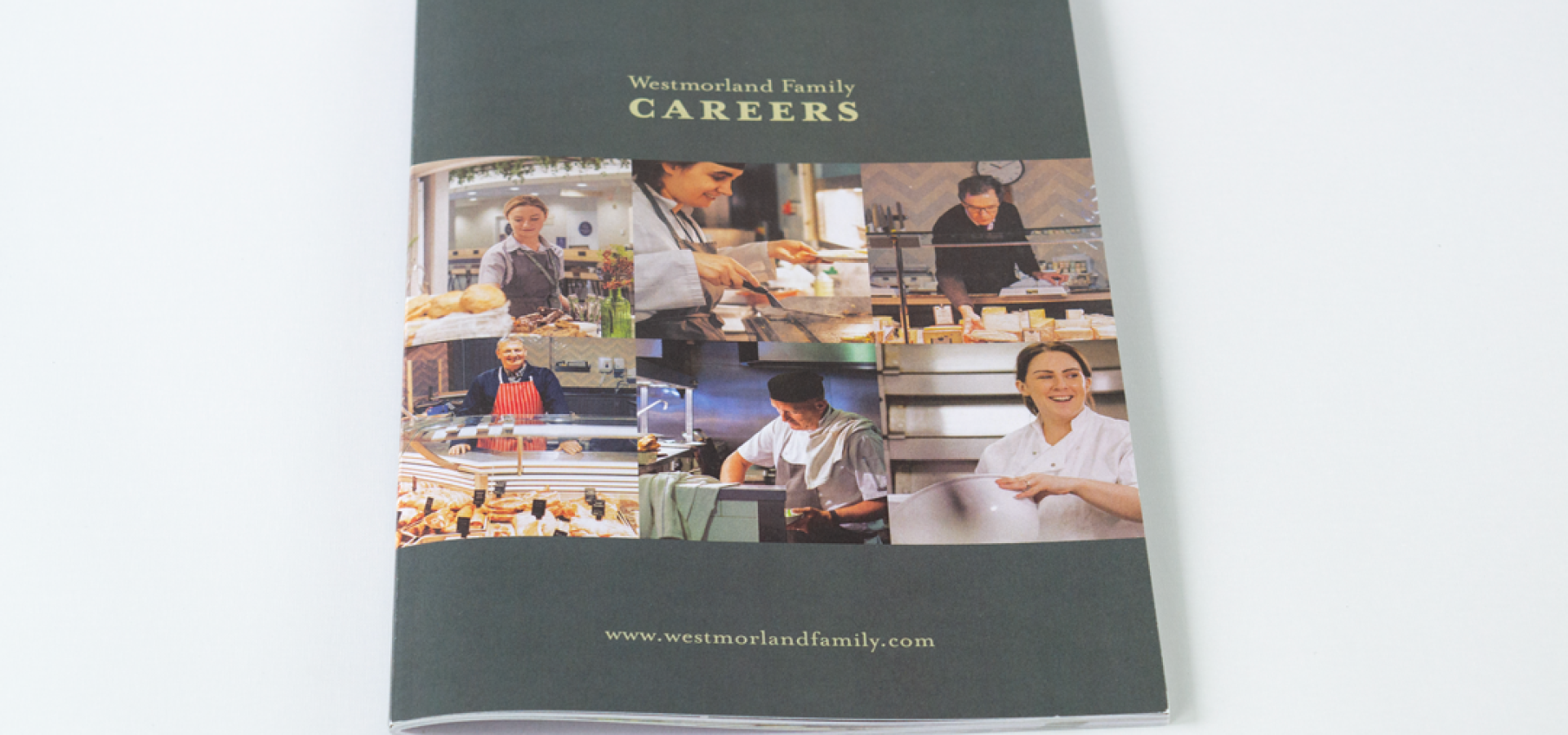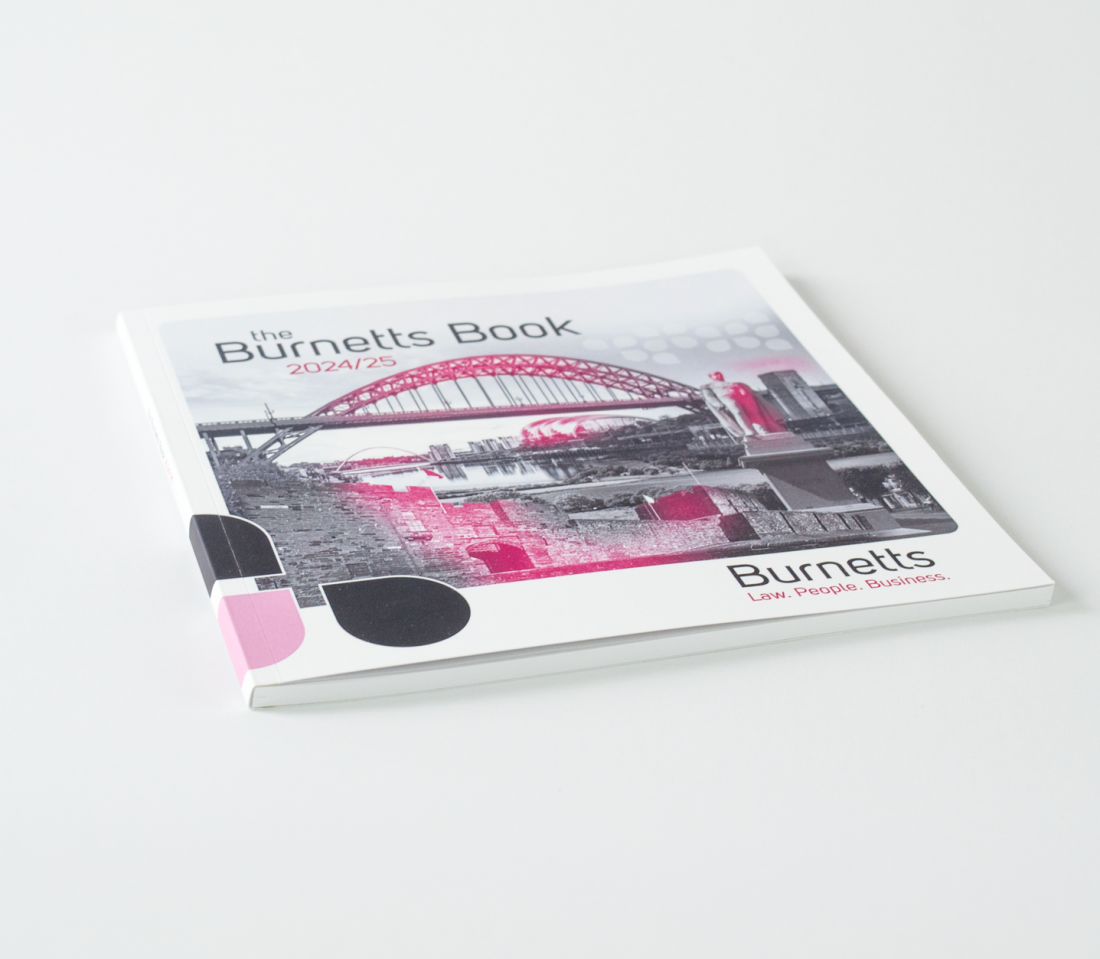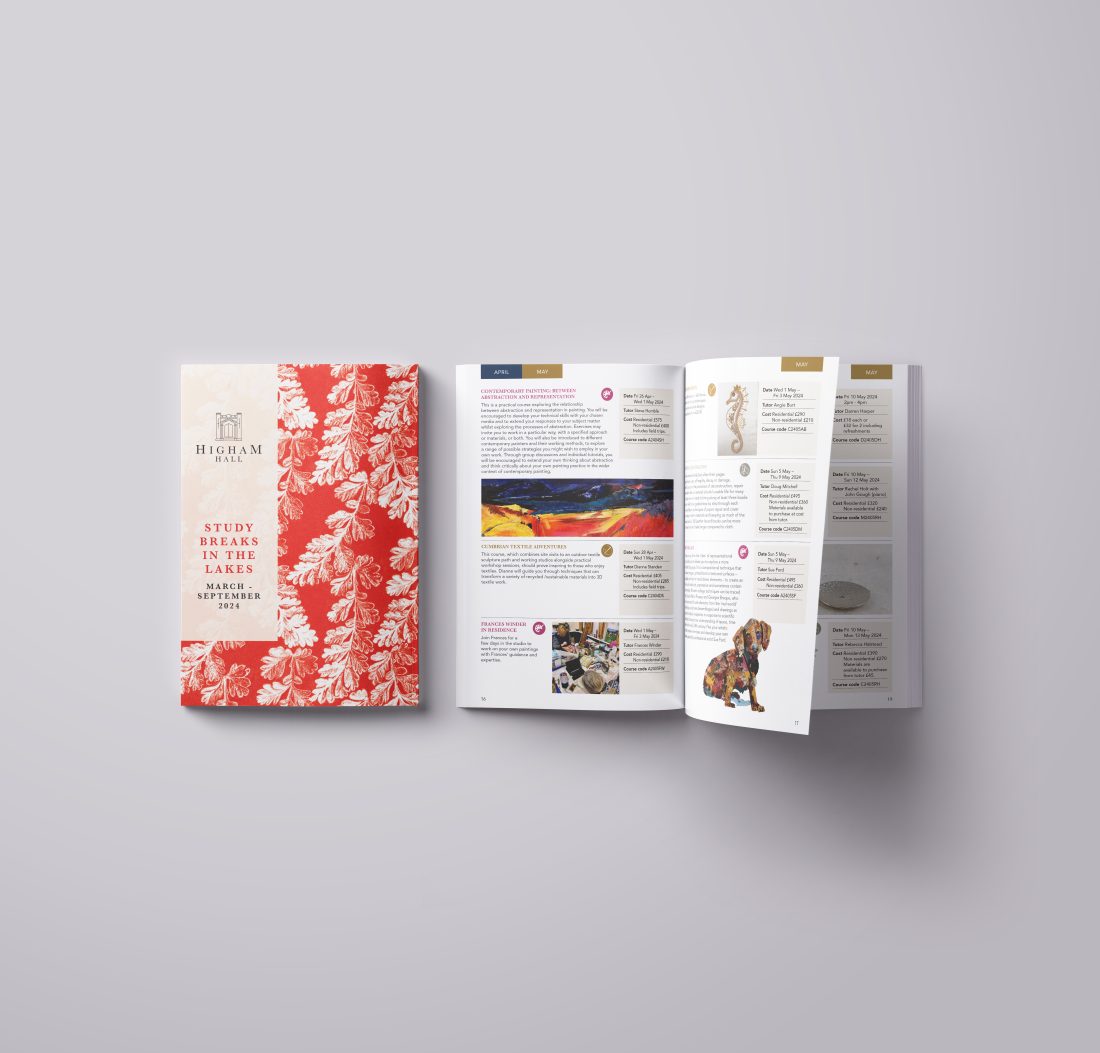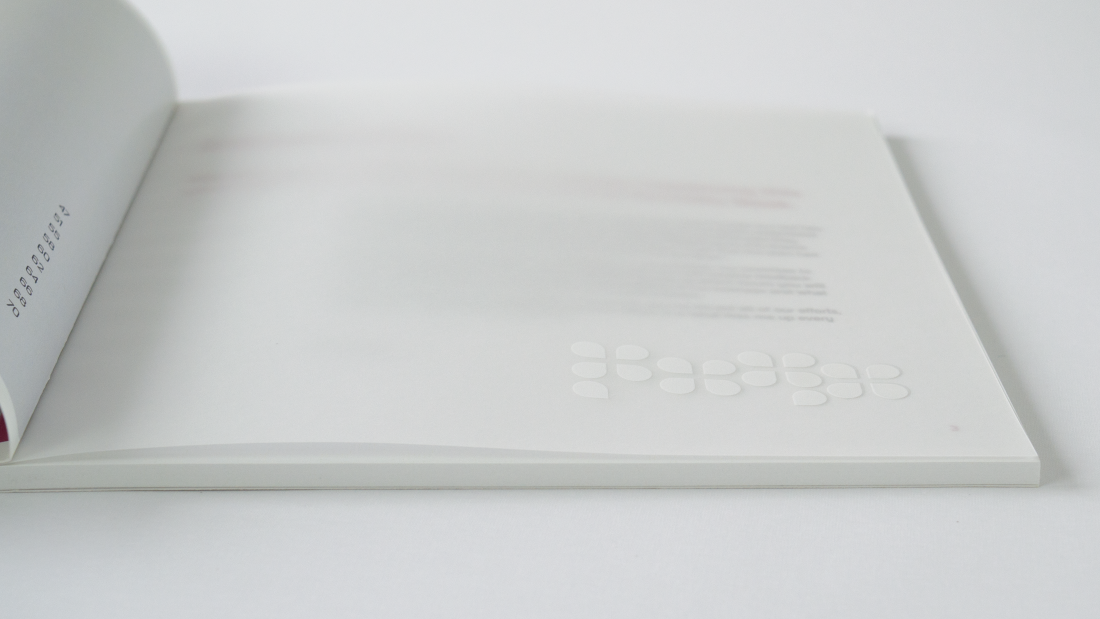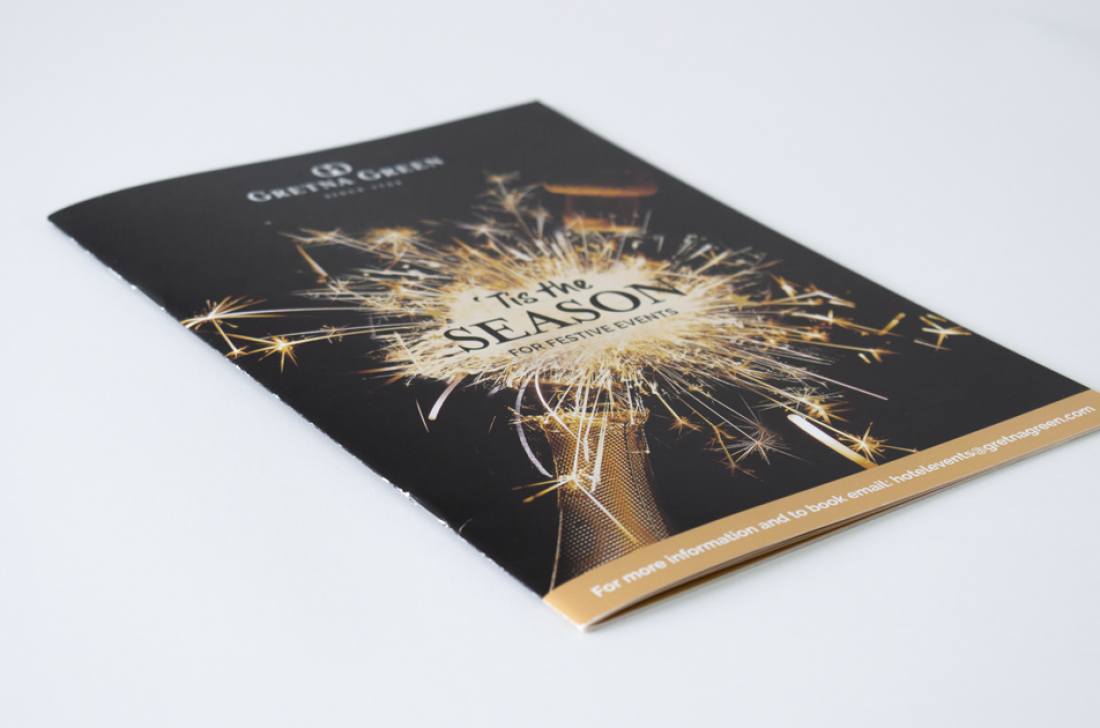In 2024, brochure design is all about blending creativity with a strategic approach to captivate and convert your audience. One of the key trends to watch is minimalism with bold typography. Clean, open spaces paired with oversized, attention-grabbing fonts allow for a clear, impactful message that grabs attention without overwhelming the reader. This design philosophy embraces simplicity but adds bold touches, such as vibrant colour pops or metallic accents, to create a sleek, modern look.
Another prominent trend is the move toward asymmetrical layouts and layering. Traditional grid-based designs are being replaced by more fluid, asymmetrical layouts that add energy and movement to the design. By guiding the reader’s eye in unexpected directions, this approach allows for more creativity and a modern feel. Combine it with layered visuals—overlapping images, text, and textures—to add depth and dimension, pulling the reader deeper into your content.
Design in 2024 also welcomes a revival of vivid gradients. High-contrast colour transitions are becoming a favourite tool to convey a sense of movement and innovation. Gradients are no longer just a background feature; they’re being used within typography and illustrations to inject energy and vibrancy into brochures. This trend is perfect for brands looking to stand out with a bold, modern aesthetic.
Lastly, the use of custom illustrations and hand-drawn elements brings a personalised, authentic touch to brochure design. As digital perfection becomes the norm, bespoke designs and playful graphics help create an emotional connection, making your brochure feel more personal and engaging.
